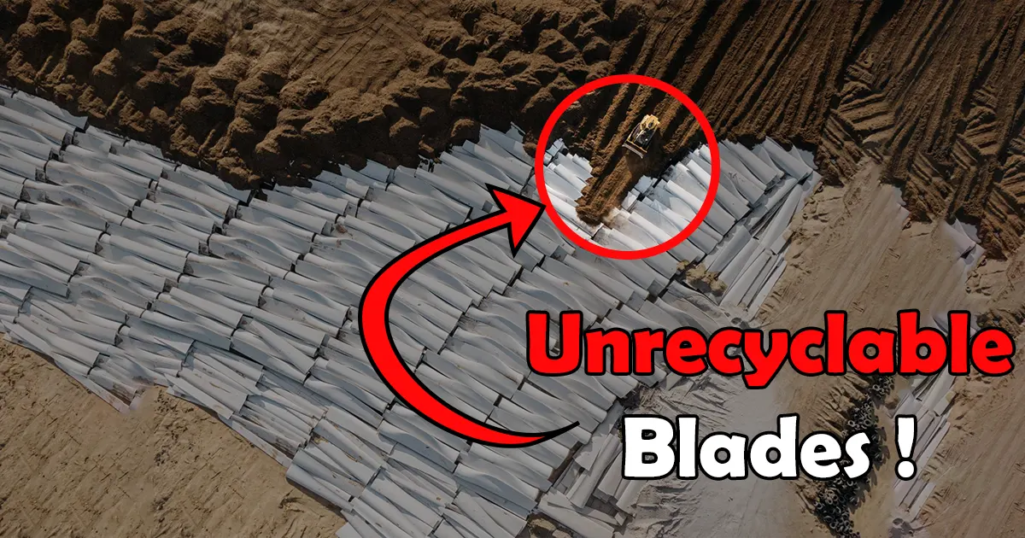
Wind turbines are a green, eco-friendly source of energy that uses wind energy to generate electricity. This type of energy increases each year, and many countries and cities rely solely on wind turbines to fulfill electricity demands.
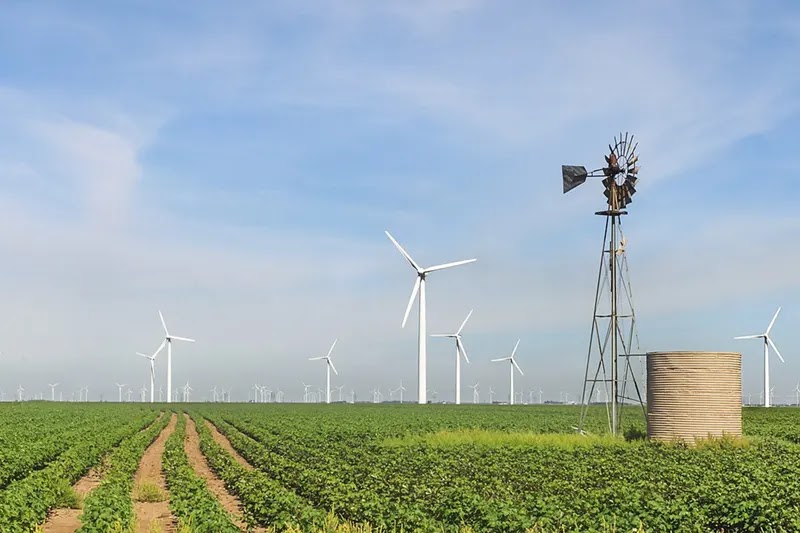
The primary purpose for using wind turbines as an electricity source is the clean production. This source decreases the amount of fuel and coal being burned, which will help reduce pollution and global warming.
But what if this purpose is completely lost after some years?
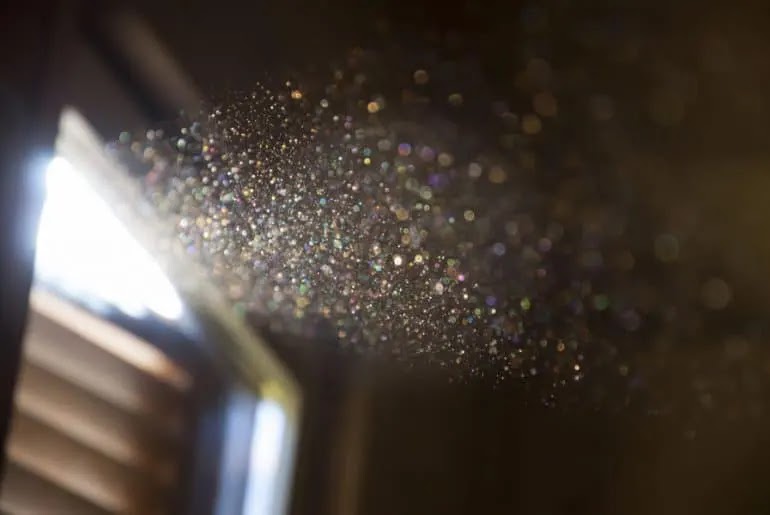
It is like cleaning your house completely and then open all the doors and windows on a dusty, windy day. This is exactly the case with wind turbines.
Wind turbine production
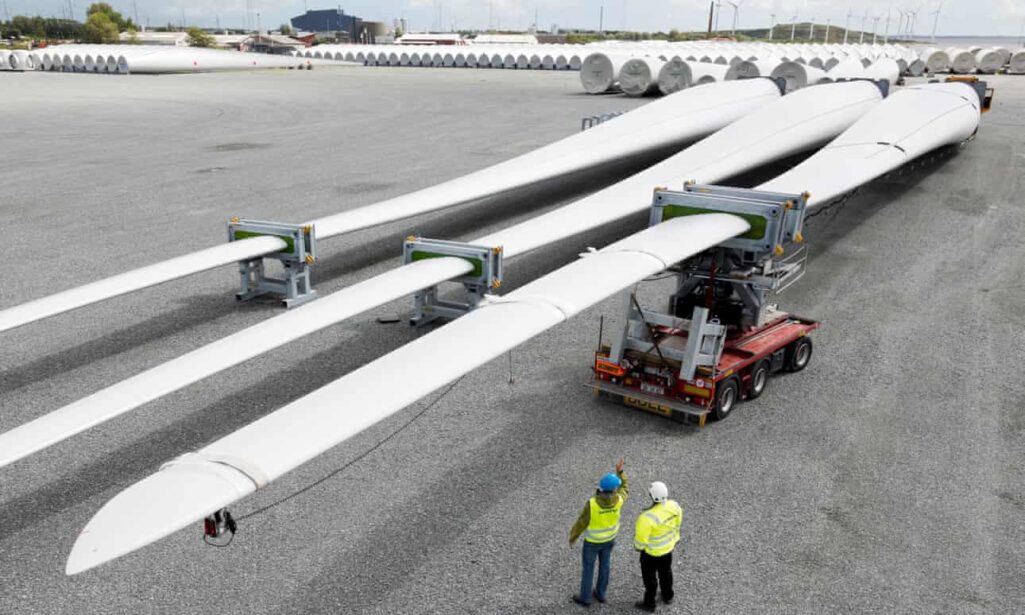
Wind turbines have been used since the 9th century BC in Persia to grind grains and obtain water from nearby areas. This mechanism has developed extensively from that time.
The wind market in the United States has developed significantly over the years, resulting in an increasingly complicated supply chain. Across the country, there are over 500 manufacturing facilities specialized in wind components such as blades, towers, generators, and turbine assembly.
Wind turbines are now produced in multiple varieties and shapes, but the most common is the 3 bladed shape. About 85% of turbine’s materials are recyclable such as copper wires and steel.
Blades are the problem

The problem with wind turbines exists in the blades. The turbine blades are produced from fiber-reinforced plastic, which is known as fiberglass. This material is lightweight, but at the same time, it is durable and robust so that it could withstand storms.
Wind turbines usually have a lifespan of about 20 to 25 years, and then they are replaced with new ones, or sometimes they are just upgraded with newly designed blades.
All the turbine parts are easily recycled and are reusable in new production lines without any hassle, except the blades! The material that the blades are made from has high efficiency and is powerful enough to overcome any climate conditions. But unfortunately, this material is hard to recycle.
So what happens to the blades after they are decommissioned?
Wind turbines graveyard
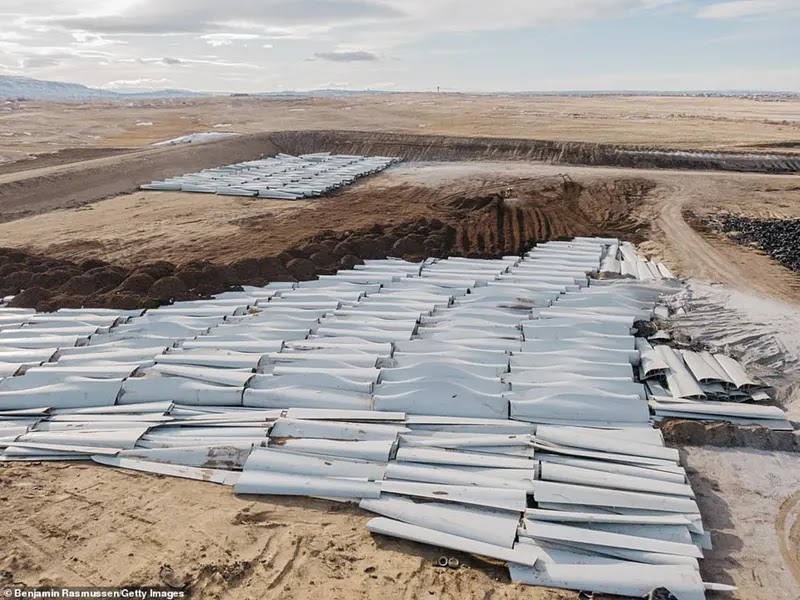
In most cases, the turbine’s blades are thrown in landfills or what is known as wind turbines graveyards. Because the blades are very long (350 feet in some cases), it is difficult to cut and transport these parts to different places.
In the US alone, it is estimated that more than 8,000 blades will be removed in the upcoming years. In Wyoming, more than 1,000 blades were removed and disposed between September 2020 and March 2021.
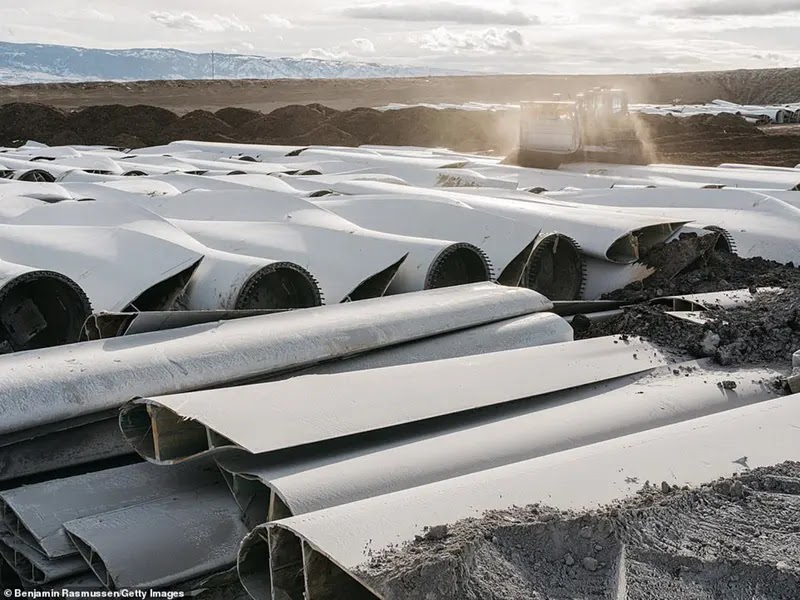
Thousands and thousands of wind turbine blades have no place to go after decommissioning. The material it is made of will never break down and will stay in place forever.
So why making wind turbines from the beginning? Isn’t it supposed to produce clean electricity without causing harm to the environment as fuel or gas, or coal does? But now it seems that wind turbines are having the same issue.
Recycling solutions
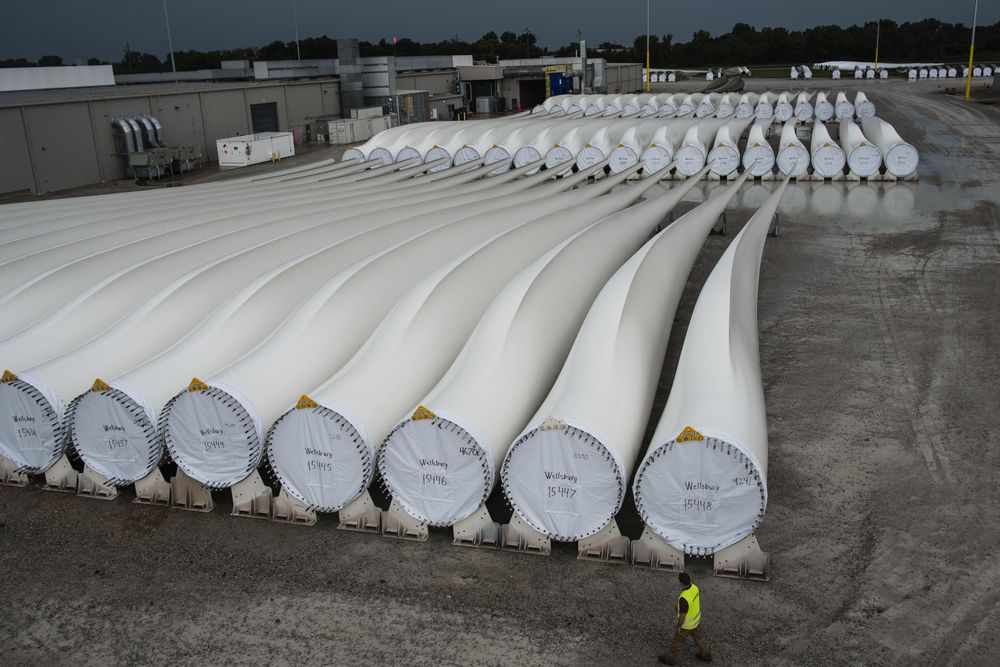
If wind turbines have to stay in use as one of the clean alternatives to the old electricity generating techniques, then it must stay “clean” from day one in service to the point when it is almost fully recycled.
Turbine blades are estimated to contribute to worldwide waste by 43 million tonnes by 2050, according to a 2017 University of Cambridge study. This issue has ignited many companies to start finding a solution to the blades recycling problem.
Global Fiberglass Solutions company developed a method to break down the blades and convert them into pellets and fiberboards used in flooring, walls, railroad ties, and many more. The company started this process in Sweetwater in Texas, and they claim that they can process 99.9% of the blade content and finish up to 7,000 blades every year per plant.
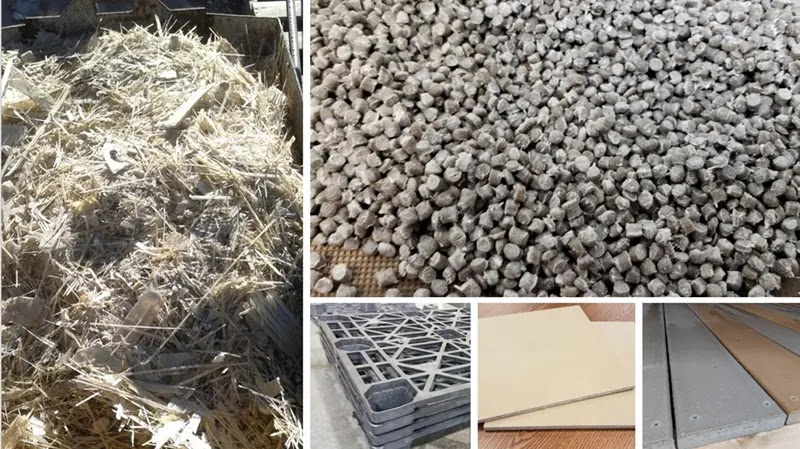
Another solution that might seams weird was in the Netherlands in Rotterdam. They had created a 1,200 m2 children’s playground called Wikado using old wind turbine blades. This kind of solution could be very useful to find different usages for the blades in their current form without crushing or pressing them.
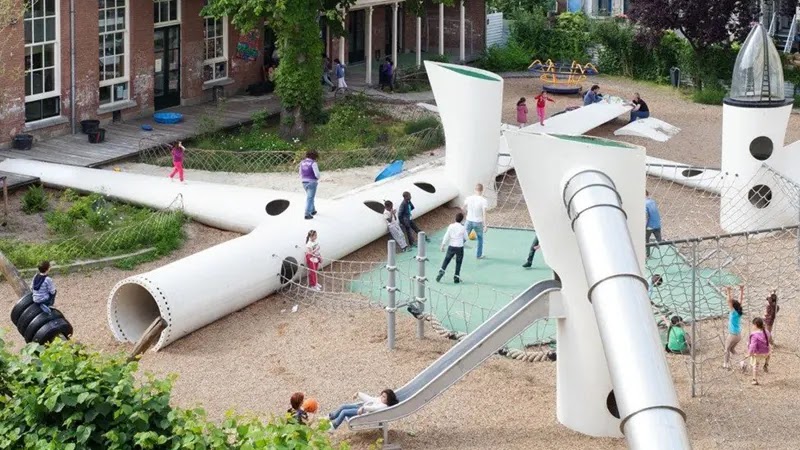
Veolia Environnement, a company based in France, came with an intelligent solution. They could process the blades to create a raw material called a “greener cement“. The company was able to repurpose 90% of the blade’s content to produce cement.
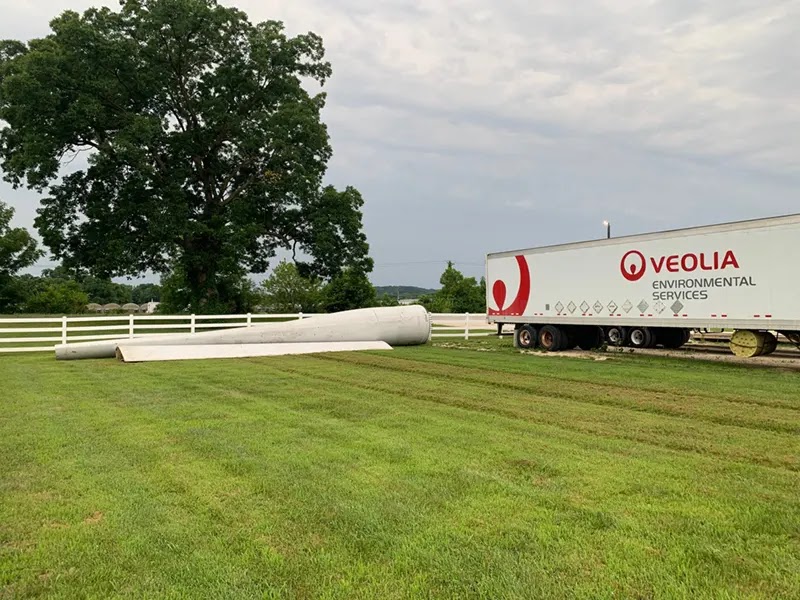
Multiple solutions had arisen and will still arise in the upcoming years. Any solution could be better than just throwing the blades in landfills and do nothing to get rid of them.
What do you think of this problem that is increasing with the increased demand for wind turbines? And do you suggest some solution to address this issue?
No comments:
Post a Comment